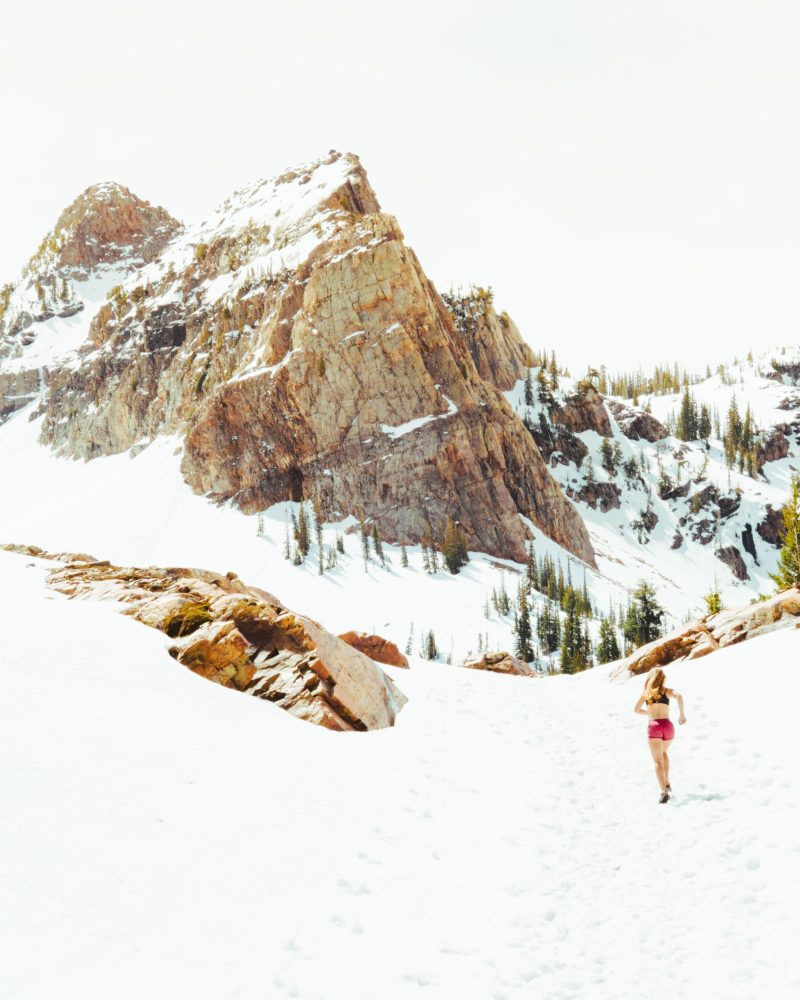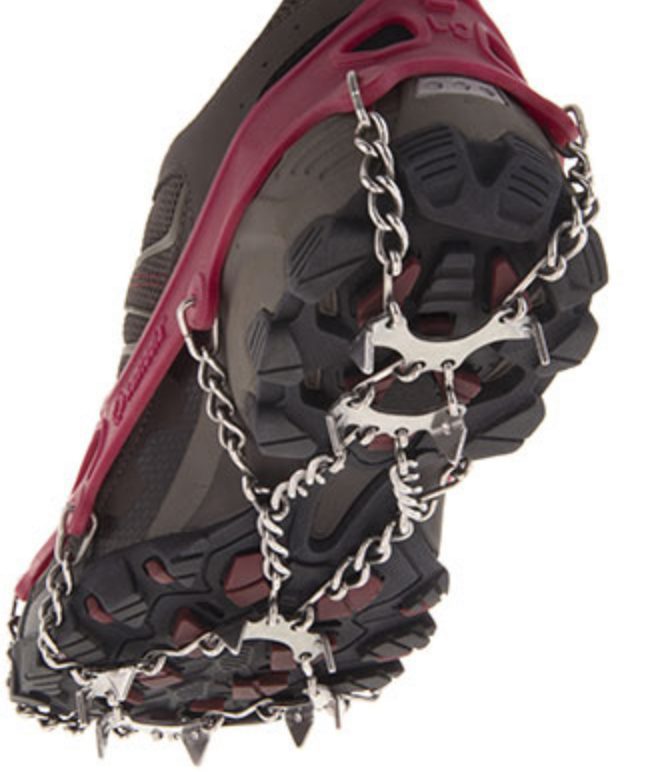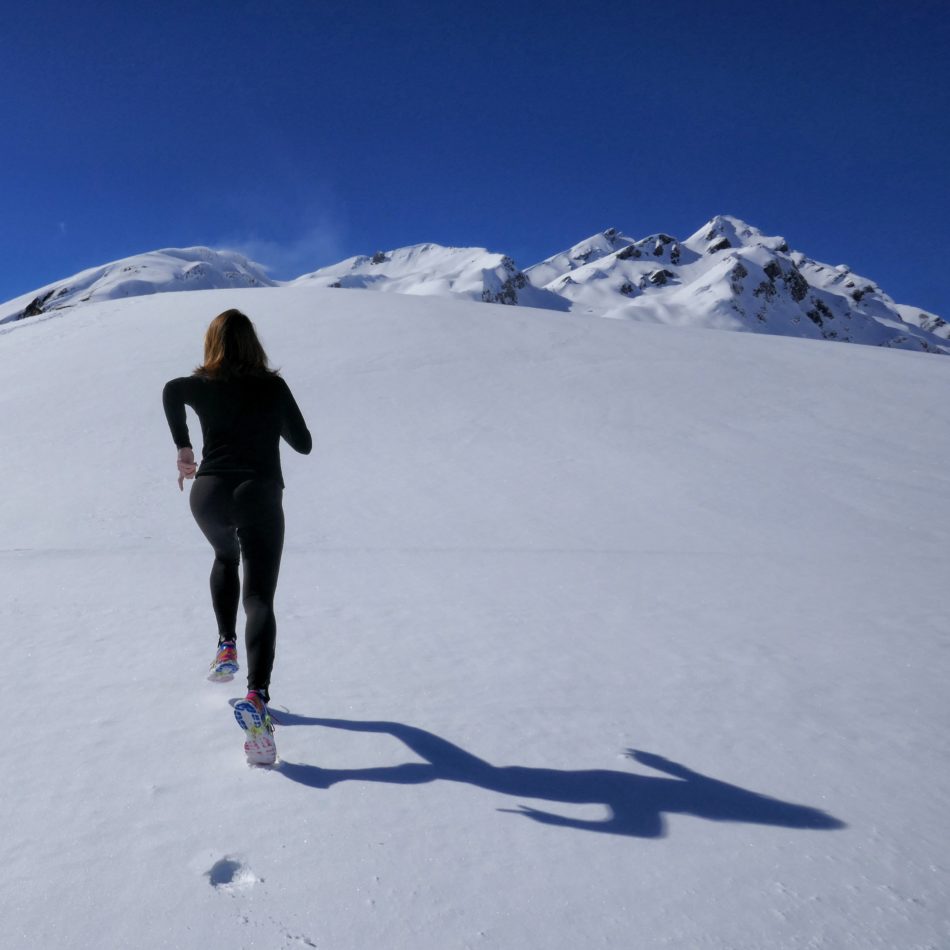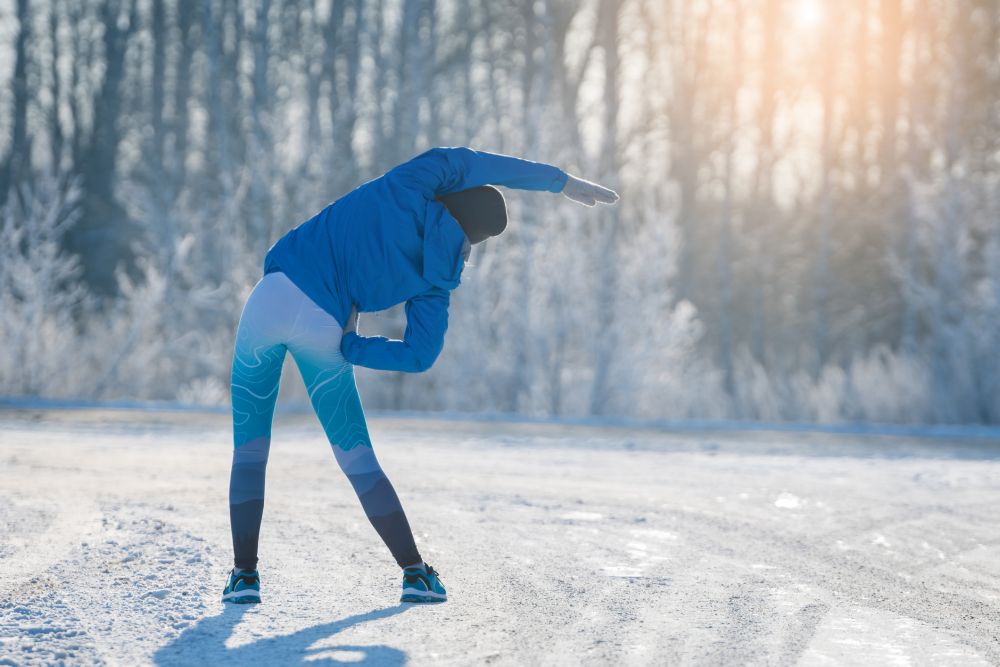10 secrets of winter trail running
Ellie Greenwood shares her secrets for trail running in winter weather

Trail running in most seasons, and trail running in the winter can be two different sports. In most seasons, trail runners feel like majestic creatures leaping and flying over routes and rocks. In the winter, trail runners can feel like a toddler wearing a snowsuit–cautious of every step. Professional trail ultrarunner and coach Ellie Greenwood shares her secrets to trail running in the winter. Winterize your training, so you’re not running like a two-year-old.
https://www.instagram.com/p/BhyzMYZB56m/
RELATED: One-minute clip shows the greatness of winter trail running in Canada
1. Be the weatherman
Track the weather like it’s your job. Greenwood recommends becoming obsessed with the weather report. “Running in -20 C when it’s blowing a gale and pounding snow can be miserable at best, and downright dangerous at worst.” As a weatherman, you’ll know the optimal weather windows to get outside.
2. Trails are everywhere
It’s the magical time of year when the pavement morphs into either a marshmallow-like surface or a technical hazard. Snow, ice, and slush on the roads can often resemble technical trails. In other words, your road running route just became your new favourite trail. When it snows, Greenwood likes running on the road and taking full advantage of all the new ‘trails.’
https://www.instagram.com/p/BfWjy7ZhJ1Z/
3. Trail shoes are the new road shoes
When sidewalks and roads have yet to be ploughed, throw on your trail shoes. Greenwood wears trail shoes on the road in the snow. “The bigger lugs and tackier rubber soles have better traction than most road shoes. Trail shoes can keep you upright when the tarmac is rapidly disappearing under snow and ice.”
4. Micro spikes are your friend
Micro spikes can be worn on top of your road or trail shoes for when conditions are icy or hazardous. Ellie Greenwood prefers YakTrax on the roads and Kahtoolas on the trails. “Screws can also work well but are a more permanent solution compare to micro spikes, which take seconds to slip on or off.”
![]()

5. Carry layers
Frequent changes in weather can mean frequent changes in body temperature. Carrying a small pack for dry layers is ideal. Greenwood recommends starting your run feeling a bit cold. “If you can stand outside for five minutes and don’t get cold, then you’re overdressed.”
In extreme cold, Greenwood covers all skin “to avoid frostbite and windburn. Long sleeves should be pulled right down to overlap with your wool mittens (much warmer than synthetic gloves). Long tights should be tucked into thick winter socks, and a buff is ideal for over the mouth and nose.” Plus, there’s no such thing as bad weather, just bad clothing.
https://www.instagram.com/p/BdXv_BdhOsj/
RELATED: The 7 emotional stages of winter running
6. CR stands for Cold Run
Forget Strava segments in winter running. Rather than chasing course records, boast to your friends about how cold it was on your run commute home. While living in Banff, Greenwood ran in -38 C. “-38 is about the same whether in Celsius or Fahrenheit. It’s a little brisk.”
7. Short steps
Cadence matters in running. For winter trail running, it matters even more. In order to stay safe on the roads and the trails in the winter, Greenwood keeps her steps small and light. She recommends “high cadence, short steps, and looking for any rocks on trails or bare patches on road to use as ‘islands’ of good grip and safety.”

8. Lean into it
Greenwood also reminds runners to stay balanced and secure when running trails in cold conditions. “Keep your centre of mass over your feet [and] avoid leaning backwards when going downhill.”
RELATED: 9 Canadian winter wonderland spots for active exploration
9. Slush
Slushy conditions require warm socks for wet feet. “I wear warm socks in winter and ones that will help limit blistering when my feet get very wet in a long run in slushy snow” says Greenwood.

10. Stay flexible
Don’t just stretch after your run. Allow your schedule to remain flexible as temperatures drop. Greenwood reminds us to not only prepare for the weather, but “be prepared to adjust your schedule.”


